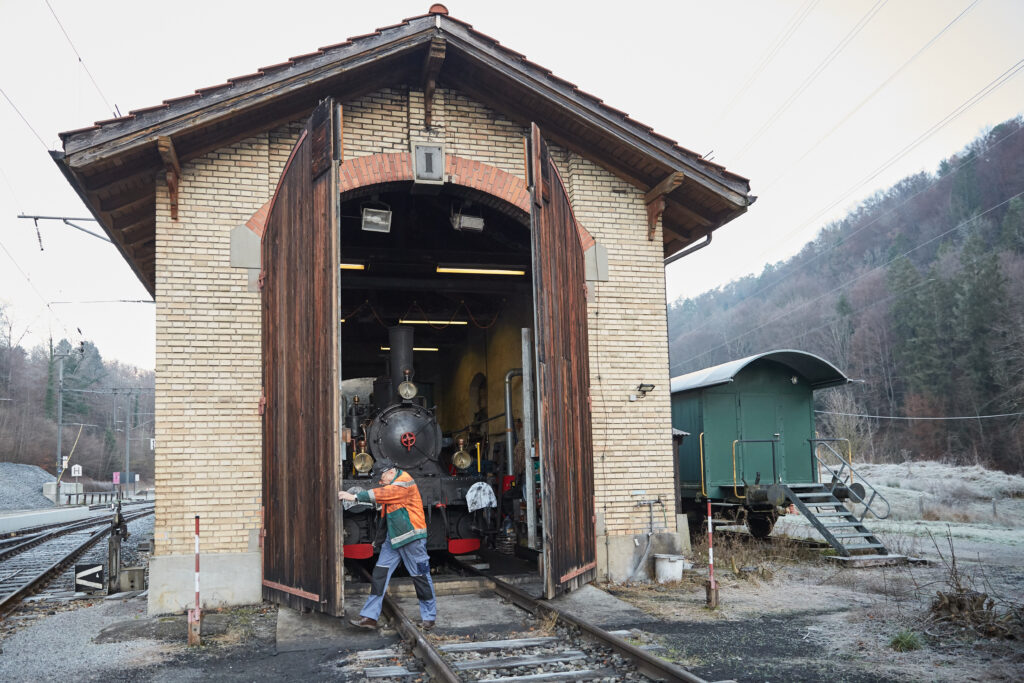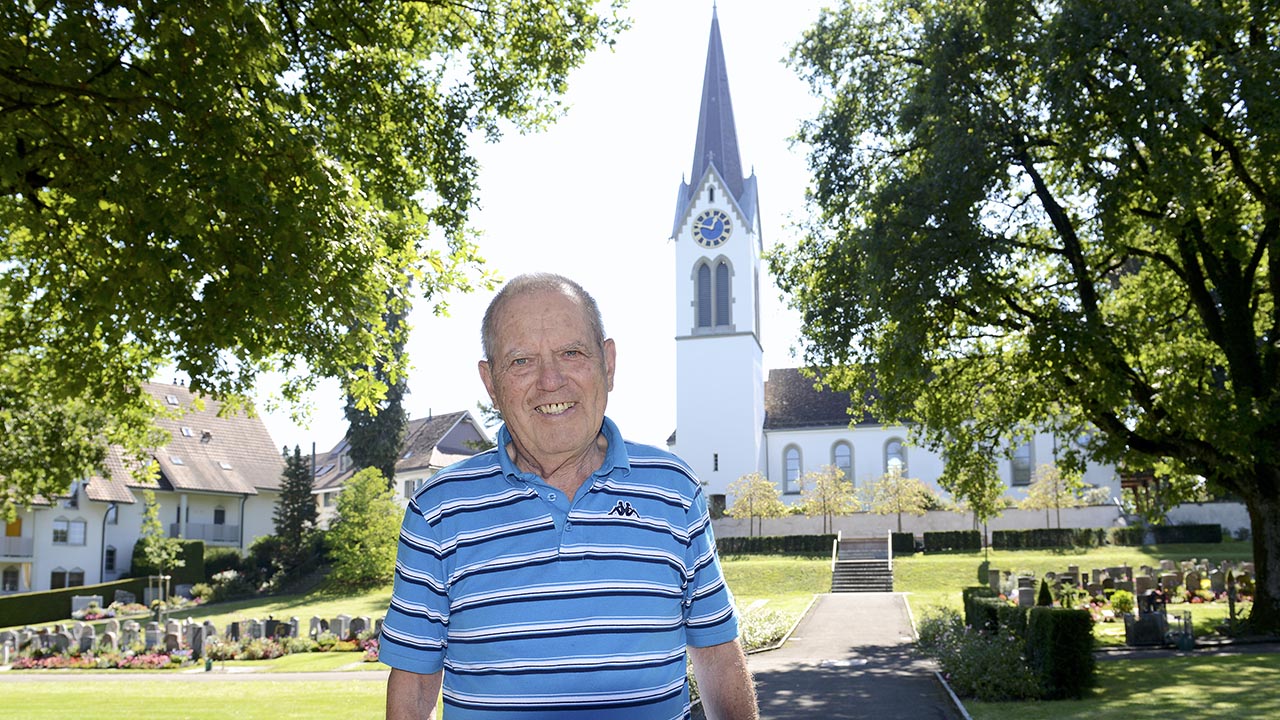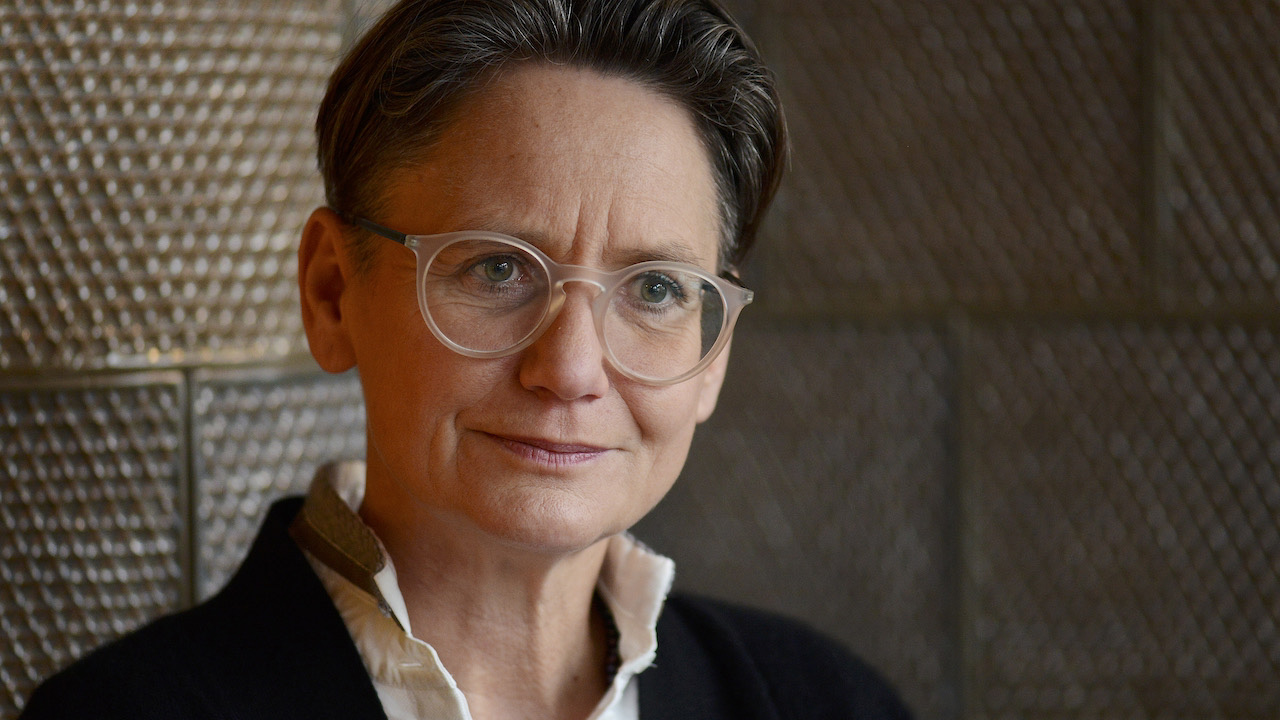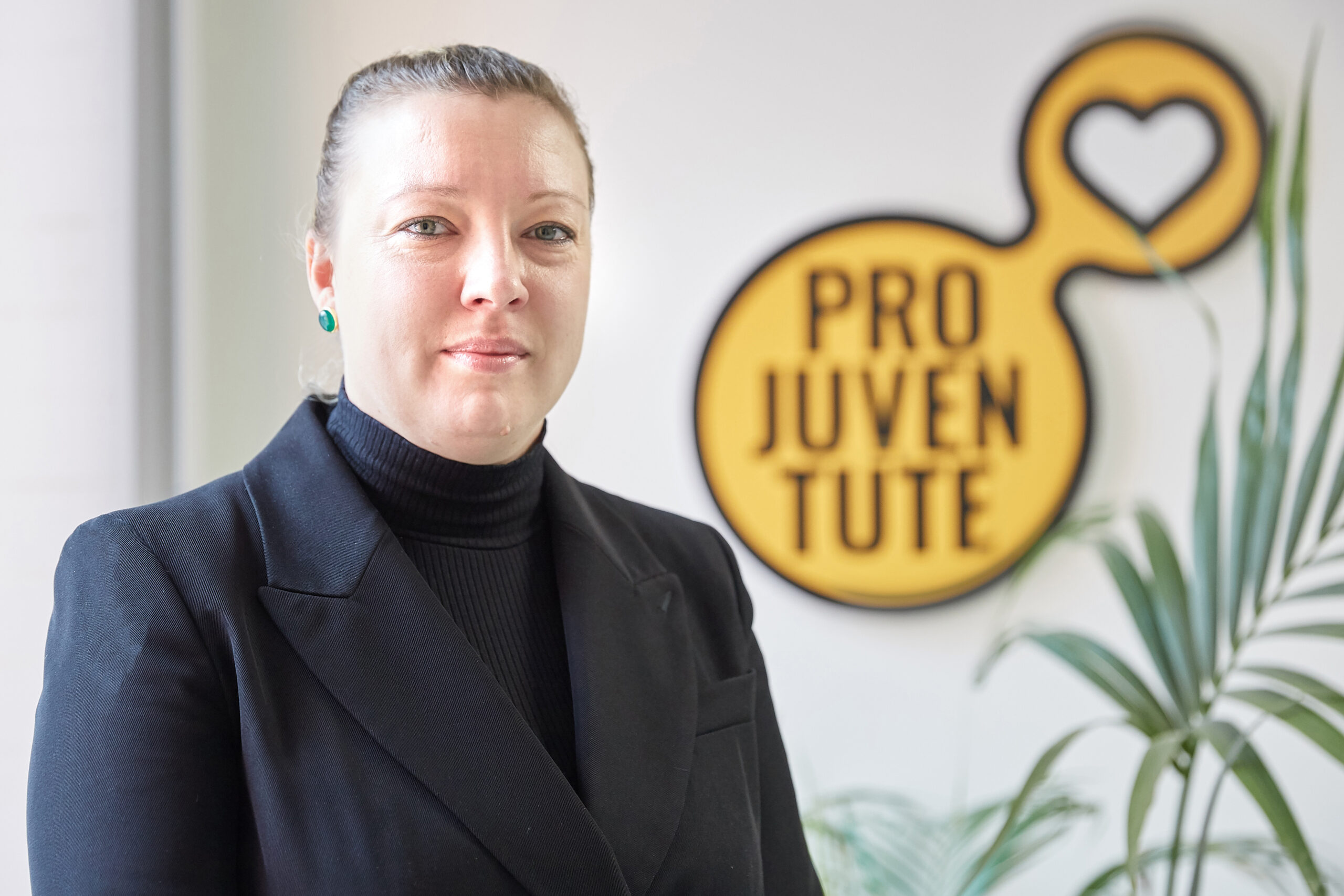The Zürcher Museums-Bahn is a historic railway in the centre of Zürich. It runs on the Sihltal line’s tracks amidst the city railway traffic between Zürich’s main railway station or Wiedikon and Sihlbrugg. Walter Huber joined the Verein Zürcher Museumsbahn ZMB less than a year after the association was established in 1997. The purpose of the association is to collect, renovate and preserve historic railway vehicles. The train always runs on the last Sunday of the month for the public, from Easter (April) to the end of October and on St. Nicholas Day.
Walter Huber, why do we need the ZMB?
We preserve and run the old vehicles belonging to the Sihltal line. Our vehicles previously all ran in the Sihl valley and are witnesses to industrialisation and the first period of rapid development in the city of Zürich. As such, we are preserving industrial cultural heritage and we are able to bring the history of the railway in the canton of Zürich to life, especially for young people, and offer families an amazing experience.
How did you come to join the association?
I was inspired by an advert in a model railway publication. It said “You can become a train engineer with us”. It took quite a long time for that to actually happen.
What is this fascination all about?
As a system, the railway became a huge challenge over the years. The requirements for the system have increased massively. I am fascinated that I have been able to keep up with the technological changes to date. I would also like to make my contribution to ensuring that there are still volunteers who bring this connection between the past and present to life in the future.
What is your role in the association?
As well as direct activities relating to driving trains, I carry out a number of tasks. I have been able to learn so much and make a huge impact here. I have been the treasurer since I joined the association. I also work as a cook in the galley wagon. We cook fresh meals for our guests whilst the train is travelling along. Then I trained as a shunting locomotive driver and gained a national licence. My first vocational training was as a hotel management assistant. I now work as a fiduciary. I am particularly proud that my eldest daughter is now my boss.

The 100-year-old steam train is currently out of action. What happens to the railway in the winter?
We need the time from St. Nicholas Day until Easter to take a break and carry out the extensive maintenance work on the steam trains, the electrical multiple units, the shunting tractors and the carriages. We always have plenty to do and we are pleased whenever someone new is interested in getting involved.
Which section of the track is your favourite or would be your favourite if you could choose any track at all?
We primarily drive our trains in the Sihl valley. That’s where we belong and that’s what the association is all about. We also use the lake section from Wiedikon via Thalwil, Horgen-Oberdorf to Sihlbrugg frequently. The radius is greater with the electrical multiple units. We have already taken two long trips to Austria, right down to Graz, using the red railcar from 1968.
What do you use the donations that people make to ZMB for?
Maintaining historical rail vehicles is very expensive. And – inevitably with precious vehicles that are over 100 years old – something is always going wrong. You need experts to carry out the repairs. People who have the right knowledge and skills are unfortunately becoming harder and harder to find and there are fewer and fewer of us “oldies”. Working with the railway is a truly huge undertaking. Just imagine: the ZMB trains are passing right through the middle of the city train traffic of the SZU Sihltal Zürich Uetliberg railway! The regulations, for example, are becoming increasingly stringent, like with aviation. You need a special permit or test for everything. To meet the Federal Office of Transport’s requirements, we have spent around 450,000 francs on maintaining our rolling stock over the past three years. Some of this we received in donations and some we borrowed. So far, we have always been able to find enthusiasts, donors and sponsors to support us. We’re always looking for funding.
At the moment, work is being carried out on both electrical multiple units from 1924 and 1968 and we need about 250,000 francs for that.


